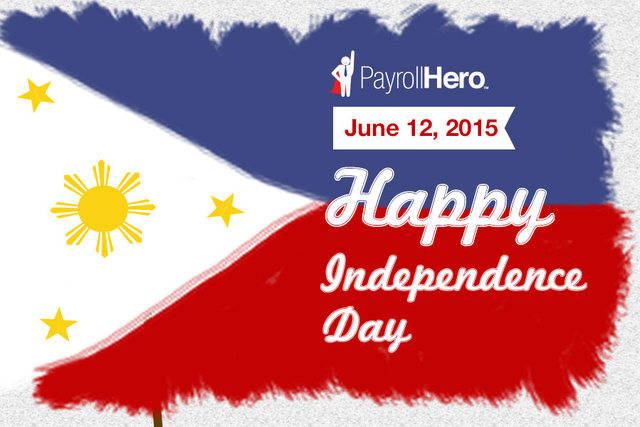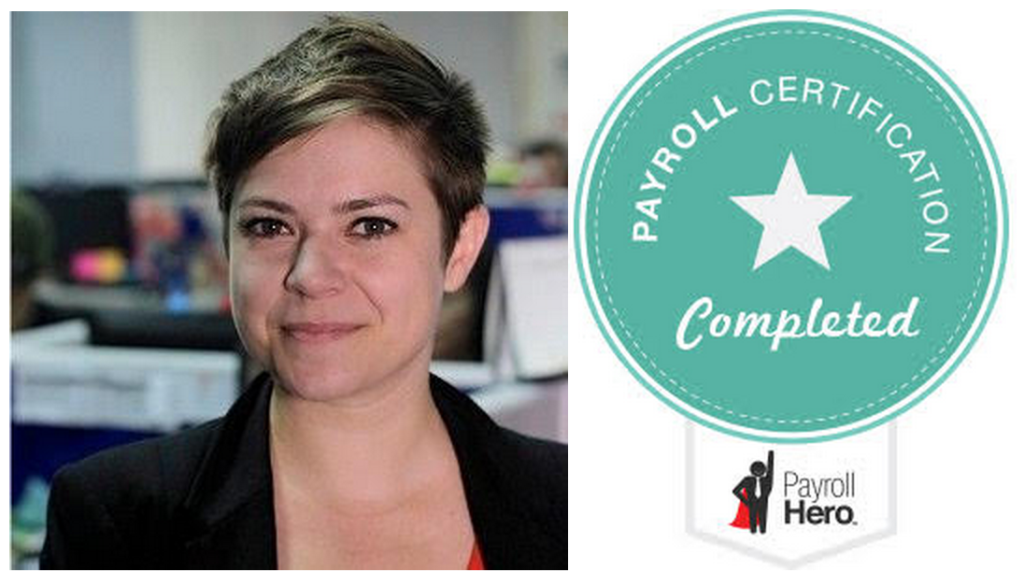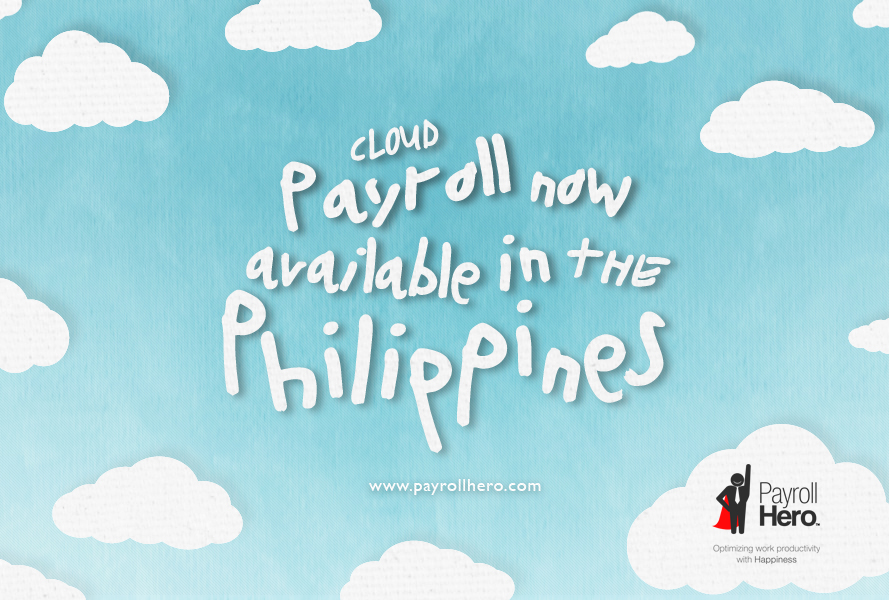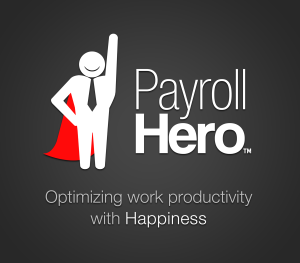In our recent blog posts on millennials, we’ve talked about how to get the right young star talents into your company and how to stop them from leaving once you’ve got them working for you.

PayrollHero Team is expanding, and as we speak a new batch of interns are flying in to come work with us here at our Singapore office. And it just had me thinking- it is so important to have these young rock stars feel welcome into our working culture. Why? I can understand first hand how daunting it can be for a 20 something year old to travel thousands of miles be apart of something you don’t have a first clue about and figuring all of that out in a new country.
What most employers think when onboarding new employees, they typically check tasks off a to-do list which may include- a quick introduction, an office tour, getting to learn the company vision and other tasks. But what is most often left to last, (and usually ignored) is having a plan that is focused on making new employees feel welcome, appreciated and feel part of the company culture as soon as possible.
And these efforts will have it rewards– high employee retention and loyalty to the company will reflect favorably to the bottomline. Paying close attention to the company culture and adding to it is really important. I would like to quote Jonathan Mildenhall, CMO with Airbnb, where he says “the culture becomes an incubator for creativity
and innovation, and ultimately for business performance.”
Here’s a few things companies can do to welcome a new hire:
Have A Welcome Strategy Put In Place
Before the hiring process starts, have a meeting where everybody (from the management down) who will be involved in the new hire to brainstorm and come up with a detailed plan for bringing a new person to the team. It is important for the company to create a good first impression as well. One of the most important things a new hire at Airbnb goes through is a full week of cultural immersion, so the person will come out of that week feeling like he can be a true ambassador for the company and brand.
Have A Mentor/ Buddy System
It’s good to assign somebody or even better, the whole team to spend some time with the new employee to take him out for lunch or happy hour after work, show how stuff works and provide support when needed. Helping the new guy feel part of the team quickly would be good to help him get rolling on the job and assimilate easier.

Express Genuine Interest in the New Employee As A Person.
Getting to know your new hire as an individual is great for building rapport with the person. Knowing more information about him would come in handy, like for instance if you know he’s visual or auditory will tell you how he prefers to be appreciated. For an auditory person, being complimented verbally is better than receiving it in an email and the opposite is true for a visual person.
It is always good to keep in mind these little information which creates a more personalized welcome and heightens his experience with the company.
Stay tuned to find out who are our new interns and how they are doing with PayrollHero.
The PayrollHero Team is fast expanding and we’re on the look out for rock star talents to join us. Drop us an email and tell us more about you.



 Southeast Asia is a hot market for business. There is untapped potential, both in terms of consumer demand and labour markets. With all eyes on Asia, it is important to focus your capital and team where you generate the greatest return on your investment. Which means getting into the details of every country’s laws: ease of setting up a business, access to credit, construction permits, registering property, taxation laws. This can be daunting, not to mention time consuming. Which is why we have come up with a few metrics that will give you a head-start on some high level knowledge on a few chosen countries in SEA.
Southeast Asia is a hot market for business. There is untapped potential, both in terms of consumer demand and labour markets. With all eyes on Asia, it is important to focus your capital and team where you generate the greatest return on your investment. Which means getting into the details of every country’s laws: ease of setting up a business, access to credit, construction permits, registering property, taxation laws. This can be daunting, not to mention time consuming. Which is why we have come up with a few metrics that will give you a head-start on some high level knowledge on a few chosen countries in SEA.
 Our
Our





